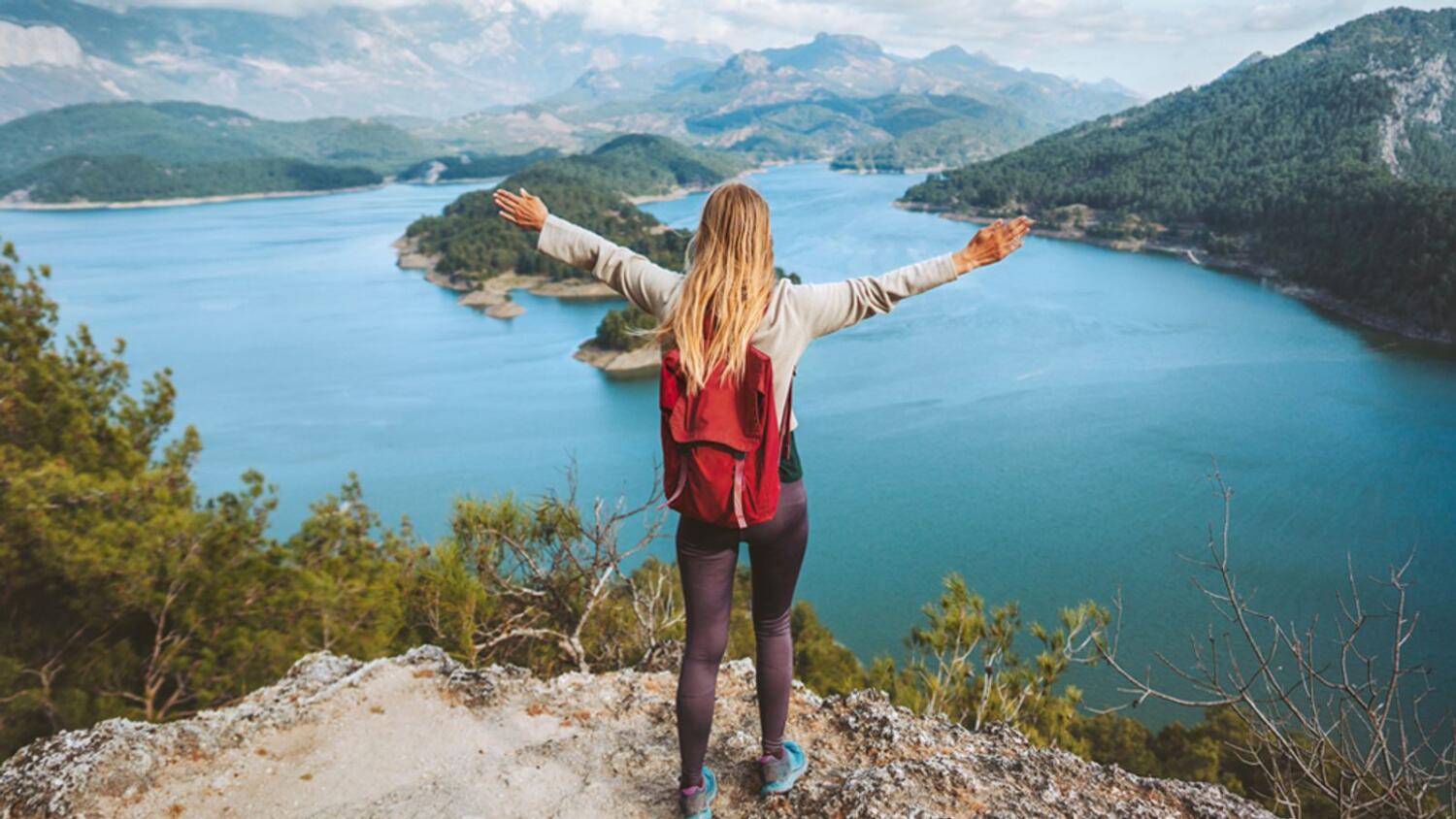Defeat leaves Chelsea still in ninth, three points adrift of the European places
Fujairah Al Badiya Mosque: UAE’s oldest mosque

With a built-in area of 53 square metres, it is not an imposing structure as Shaikh Zayed Grand Mosque in Abu Dhabi or Al Farooq Omar bin Al Khattab Mosque (the Blue Mosque) in Dubai. Al Badiya Mosque can accommodate only 50 to 70 people and a tall man could barely stand upright inside, as the roof is only 1.5-metre high.
Not a surprise as it is nestled in a hillside of Fujairah and structures in the hills are generally small as compared to those in the plains.
 However, it has a long story tell, a story that goes as back as 1446. In fact, this has been confirmed by a recent study conducted by the Fujairah Department of Heritage and Antiquities in conjunction with Sydney University, Australia, if at all there was any confirmation needed. People in the UAE already knew this and still speak proudly about it.
However, it has a long story tell, a story that goes as back as 1446. In fact, this has been confirmed by a recent study conducted by the Fujairah Department of Heritage and Antiquities in conjunction with Sydney University, Australia, if at all there was any confirmation needed. People in the UAE already knew this and still speak proudly about it.
The study resorted to a chemical analysis known as ‘Radiocarbon Dating’ or C-14 dating to exactly determine and the archeological sites and remains and their dates of origin. The excavation team dug up a few organic specimens they collected from beneath the structure of the mosque and walls to put them for C-14 analysis, which found that the mosque dates back to 1446.
The mosque, which is very close to Al Badiya village, was named after the village as local people were accustomed to calling it so because they had no knowledge about its real name. It is located on the way between Khor Fakkan town and Dibba and is 38km north of Fujairah city, 7km north of Khorfakkan city and 25km south of Dibba town. Ahmed Khalifa Al Shamsi, Chairman of the Fujairah Tourism and Antiquities Authority, said the history of the Al Badiya area dates back to 2000 BC based on a chemical analysis of fossils that were recovered from the vicinity. He said that fossils, old buildings and structures there are a clear proof of the deep-rooted ancient history of Al Badiya locality.
Unique design
 The mosque was built using big and small-sized stones and burnt mud as glue to stick the stones together.
The mosque was built using big and small-sized stones and burnt mud as glue to stick the stones together.
While the two forts that encircle the mosque were built over 300 years ago, the castles along the mosque had had a facelift in 2006, Al Shamsi pointed out.
Talking about the design of the mosque, Al Shamsi stated: “It is square-shaped. It has a distinctive feature that we do not see in other mosques in the UAE nowadays. The way the roof of the mosque was constructed was quite different from the modern mosques as it has four domes standing on non-wooden pillars. The design is a civilisational innovation.”
All four domes are leaning on one pillar placed at the centre of the mosque. The prayerhall contains a small platform that the imam mounts to deliver religious sermons. The mosque has one door and a three-step platform, Al Shamsi added. There is also an area designed for ablution.
The mosque was built on a hill and if one would like to climb the hilltop, a nice view of small green farms surrounded by a mountain range seen at the back of the hill can be enjoyed.
The Fujairah Tourism and Antiquities Authority, formerly known as the Department of Heritage and Antiquities, in cooperation with the Dubai Municipality, renovated the mosque and the archeological remains surrounding it over a year ago. That helped bring the shine back to Al Badiya village and protect its antiquities from extinction, Al Shamsi said.
After its renovation, tourists flock to the mosque from everywhere to offer prayers and take photos.— news@khaleejtimes.com
More news from
Liverpool left some key players out of their starting line-up for Sunday's 3-1 win at Fulham
Stoinis hit a match-winning unbeaten 124 for Lucknow Super Giants against Chennai Super Kings
It was Stoinis' first IPL century and his second in T20 cricket
Company’s showcase includes demonstrations of Copilot for Security
The museum to offer visitors the chance to take part in dance, yoga and work-out sessions while gazing upon paintings and sculptures
Some were allegedly found with their hands tied and stripped of their clothes, spokeswoman Ravina Shamdasani said
Telco’s AGM to approve cash dividends of 40 fils per share for H2 of 2023











